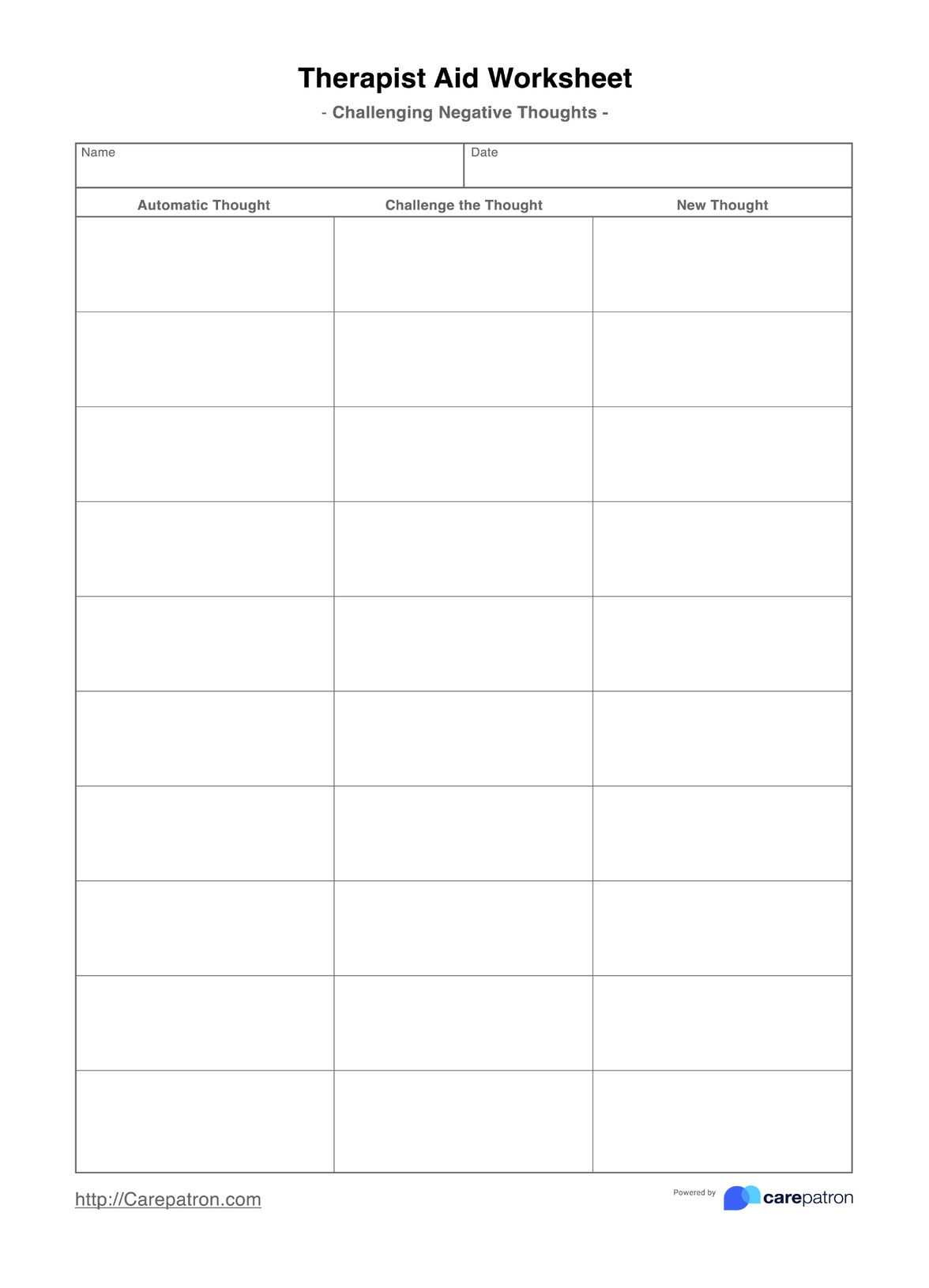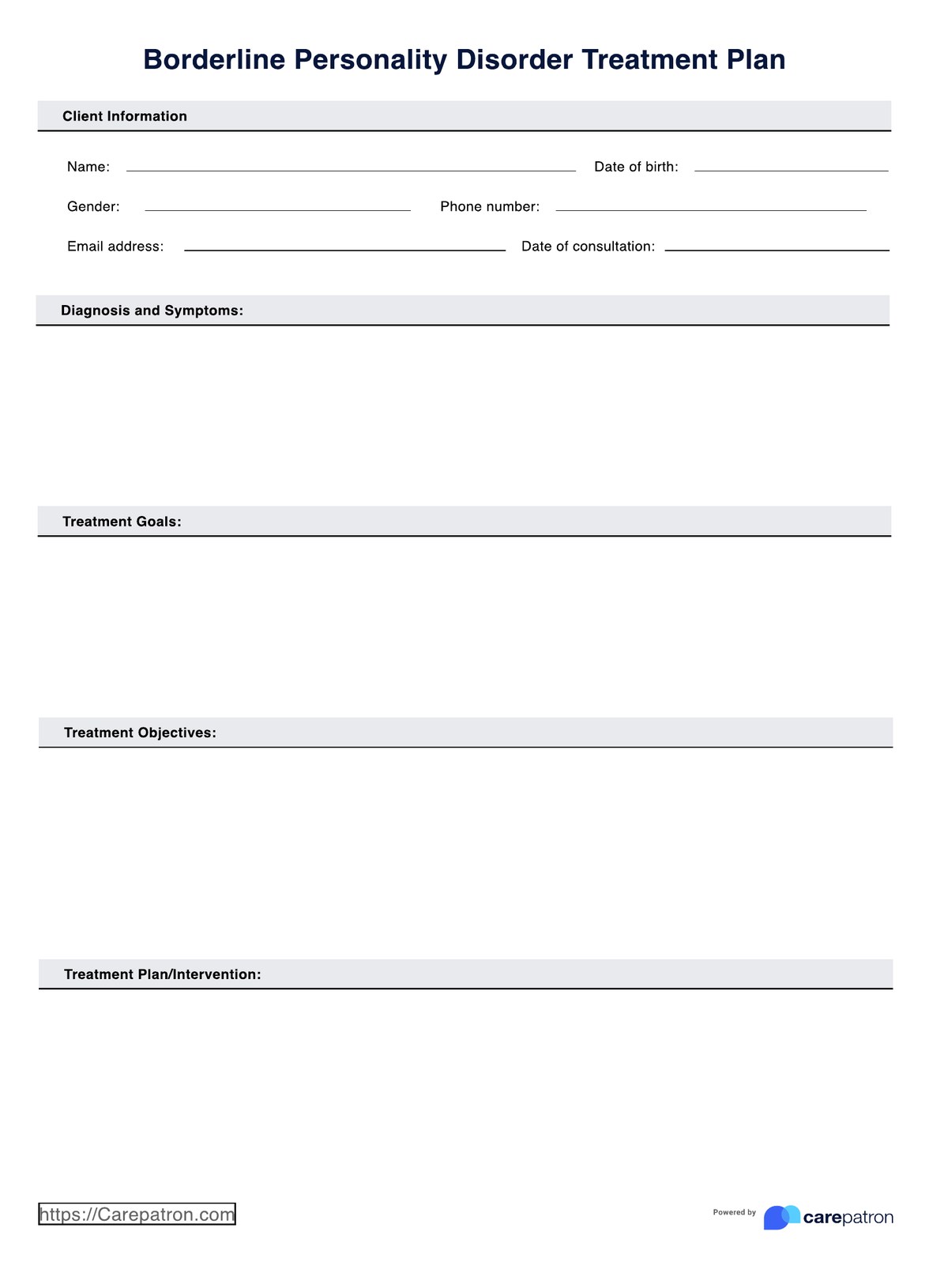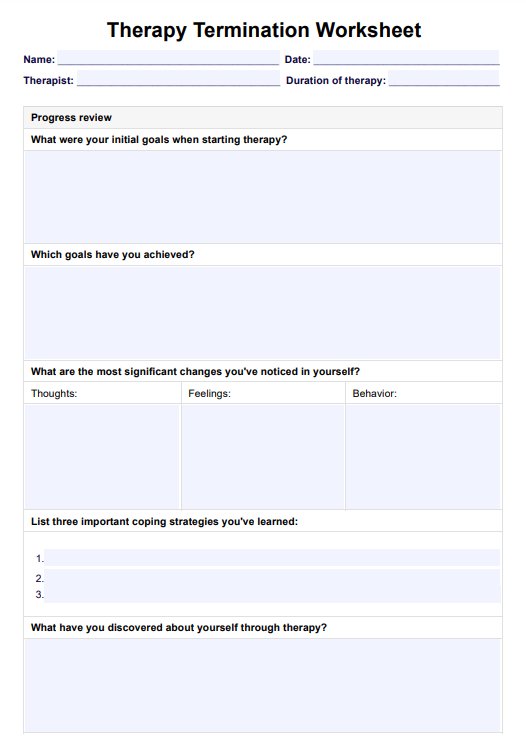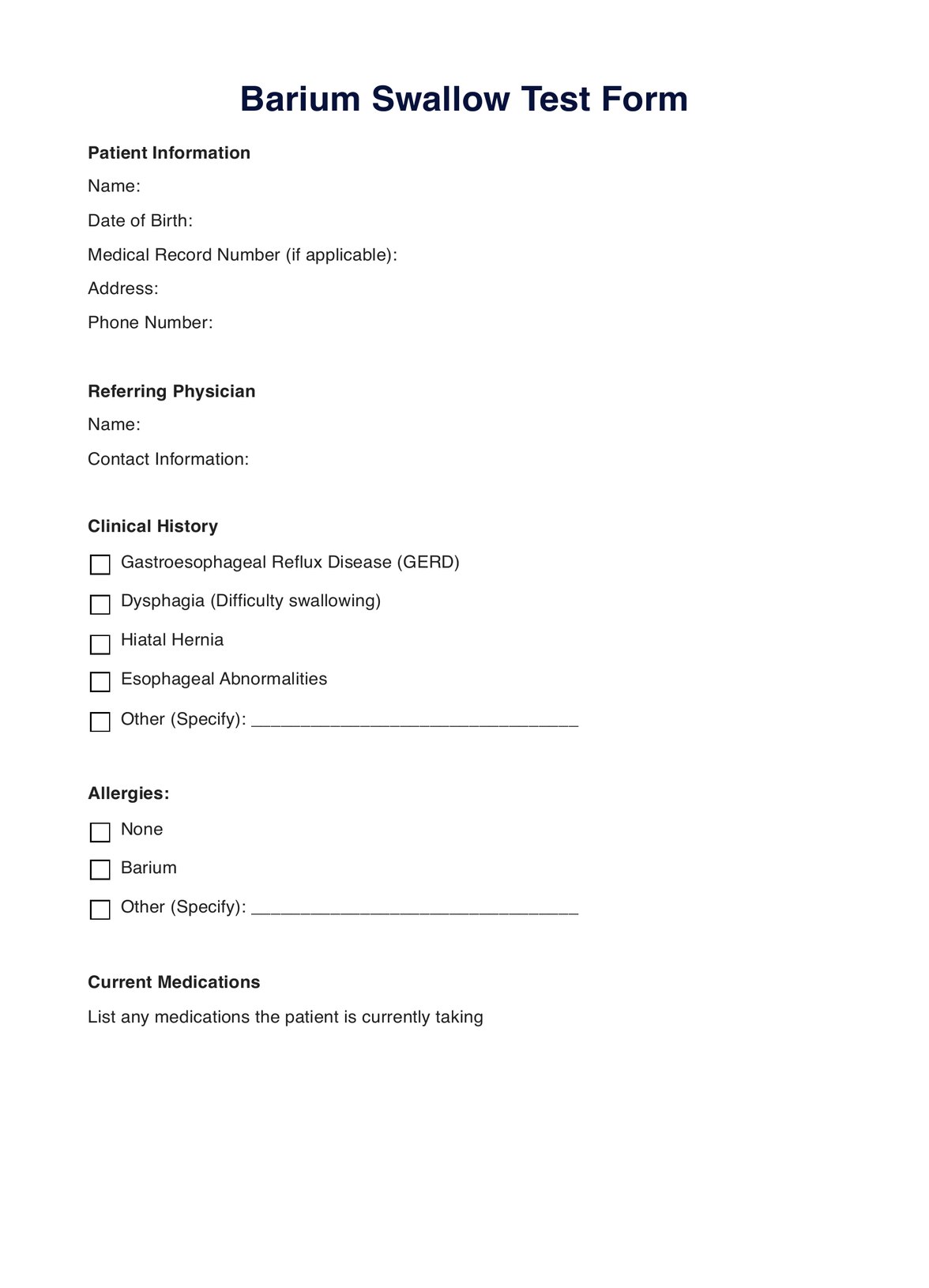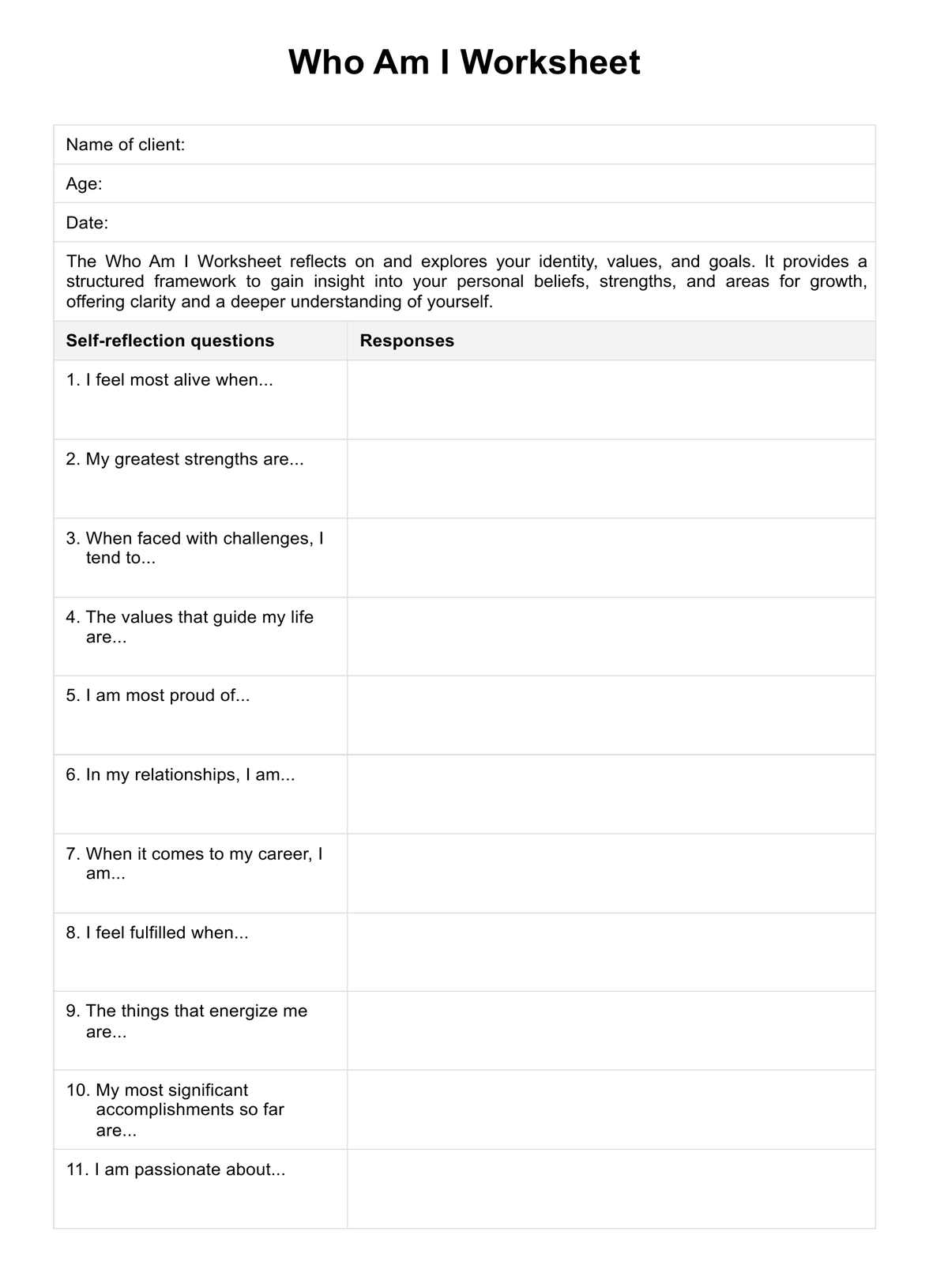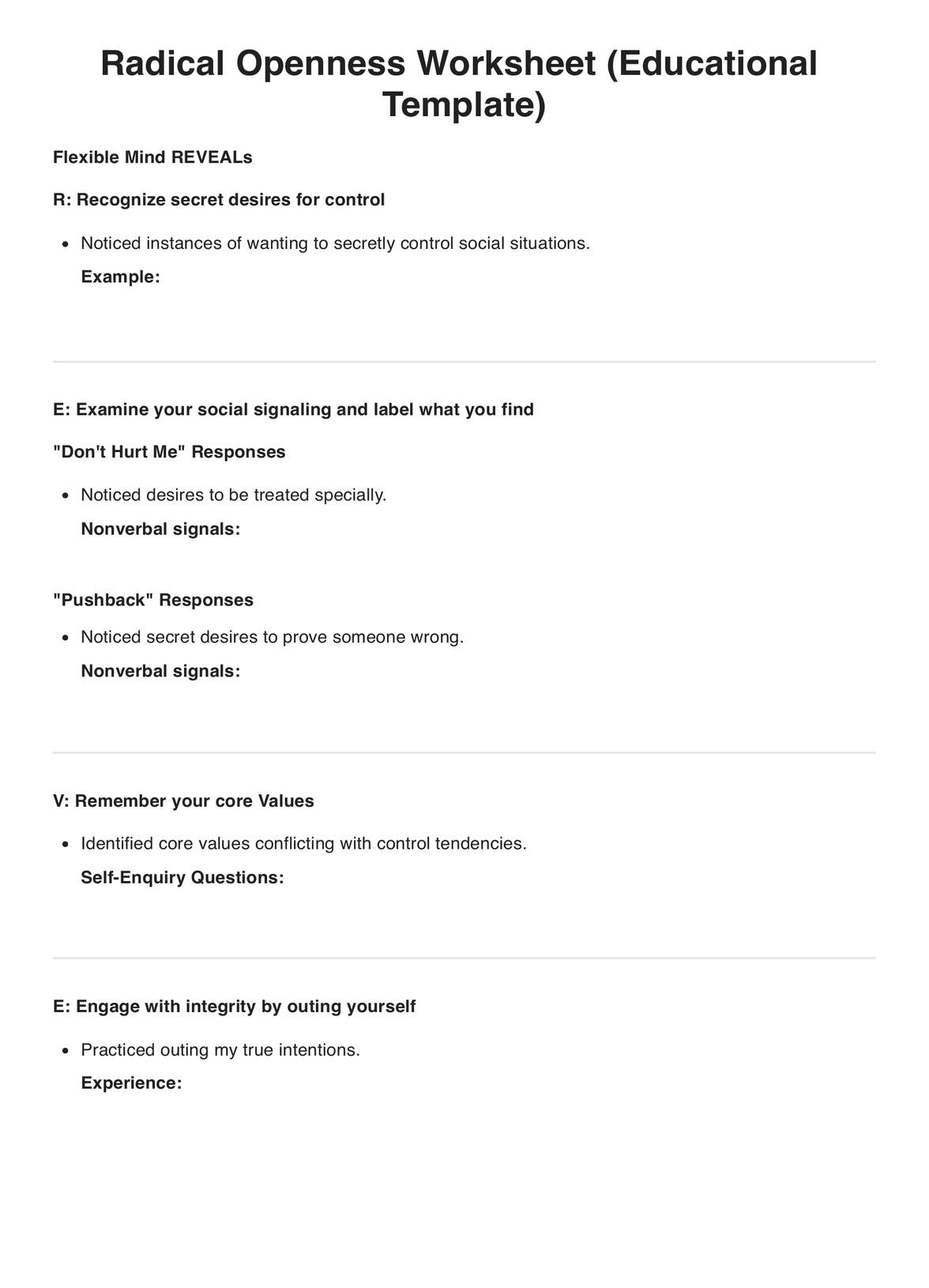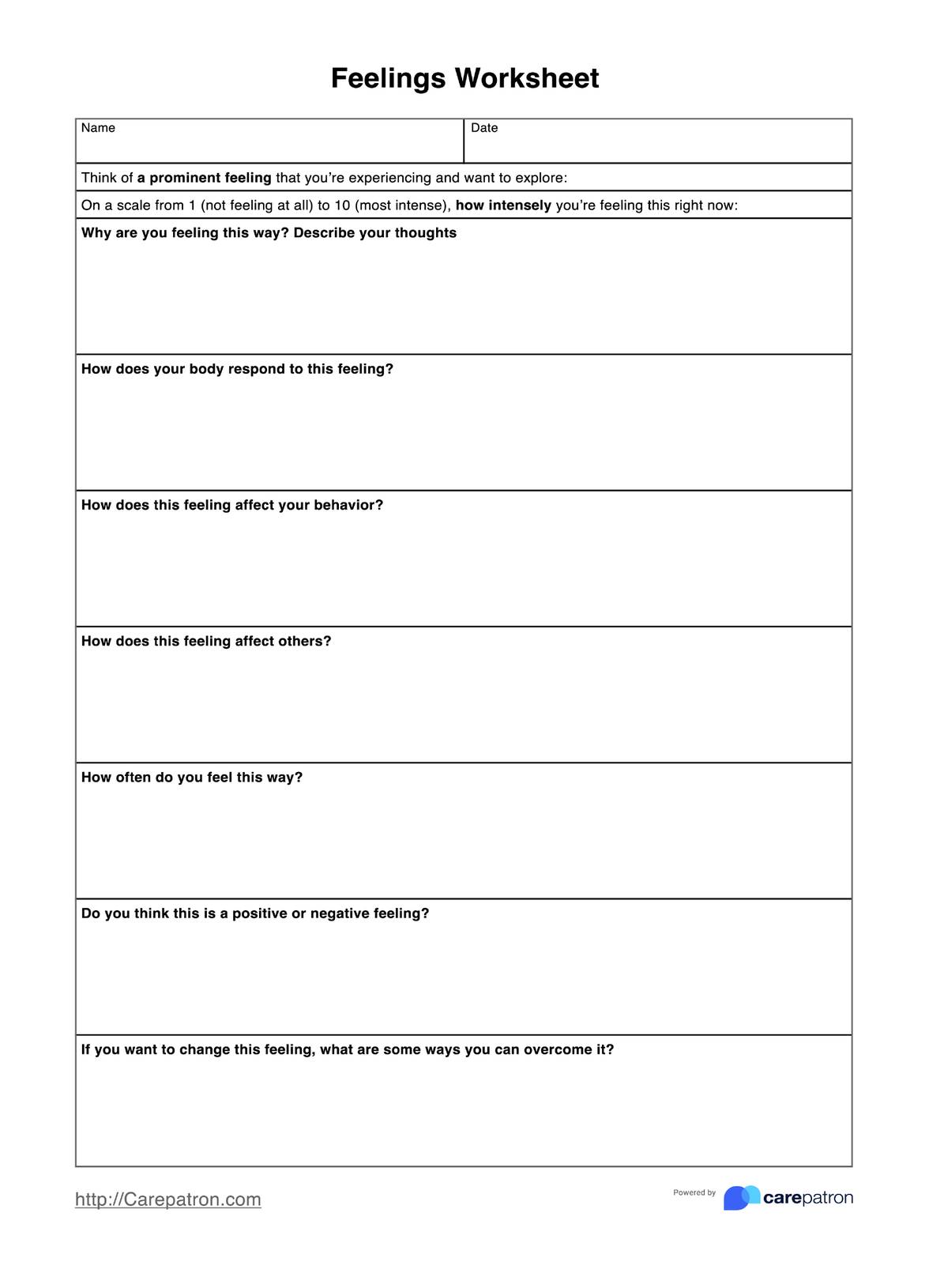ADHD Mental Age Chart
Read our comprehensive ADHD Mental Age Chart, a crucial tool to understand ADHD's impact on developmental abilities and make effective support strategies.


An introduction to ADHD
Attention-Deficit/Hyperactivity Disorder (ADHD) is a neurodevelopmental disorder characterized by patterns of inattention, hyperactivity, and impulsivity. The American Psychiatric Association (APA) recognizes ADHD in the Diagnostic and Statistical Manual of Mental Disorders (DSM), which outlines specific criteria for an ADHD diagnosis.
The understanding of ADHD has evolved significantly over time. Initially perceived as a childhood disorder, it's now acknowledged to affect adults as well. ADHD adults tend to experience different symptom patterns than children. Early descriptions in the 20th century have paved the way for modern interpretations, recognizing ADHD as a complex condition that impacts various aspects of life.
ADHD's causes are multifaceted, involving genetic, neurological, and environmental factors. Genetic studies have revealed a strong hereditary component, while environmental factors like prenatal conditions contribute to its development.
The DSM classifies ADHD into three types:
Predominantly inattentive presentation
This type is characterized by difficulty sustaining attention, organizing tasks, and following instructions. Common signs include:
- Frequently losing focus during tasks or play.
- Appearing not to listen when spoken to directly.
- They struggle to follow through on instructions and fail to finish schoolwork or chores.
- Difficulty organizing tasks and activities.
Predominantly hyperactive-impulsive presentation
This presentation is notable for excessive physical movement and hasty actions that occur without thought. Key indicators are:
- Fidgeting with hands or feet or squirming in the seat.
- Leaving a seat in situations when remaining seated is expected.
- Running about or climbing in inappropriate situations.
- Difficulty playing or engaging in leisure activities quietly.
- Talking excessively and blurting out answers before questions have been completed.
Combined presentation
A mix of inattentive and hyperactive-impulsive symptoms. It includes symptoms of both inattention and hyperactivity-impulsivity, which are equally predominant.
ADHD is one of the most prevalent neurodevelopmental disorders in children and can persist into adulthood. Its impact on everyday life significantly affects academic performance, occupational success, and social relationships. Understanding the signs and symptoms of ADHD is crucial for early diagnosis and effective intervention strategies.
ADHD Mental Age Chart Template
ADHD Mental Age Chart Example
What is executive function?
Executive function refers to multiple basic administrative tasks essential for automated behavior and achieving goals. These functions, which are basic cognitive processes, are crucial for planning, organizing, strategizing, paying attention to details, and managing time and space.
In the context of ADHD, understanding executive function is vital as it often highlights the areas where individuals with ADHD may face challenges.
The executive functions include:
- Working memory: The ability to hold information in mind and use it. In ADHD, individuals might struggle to remember instructions or the sequence of tasks.
- Cognitive flexibility: This involves thinking about something in multiple ways, like adjusting to changes in rules or routines. Children and adults with ADHD may find it challenging to adapt to new situations or changes in plans.
- Inhibitory control: This includes emotional control, which is the capacity to resist the temptation to act on impulse and think before acting. For those with ADHD, impulsivity can be a common issue, manifesting as difficulty waiting their turn or speaking out of turn.
- Self-monitoring: This involves being aware of oneself and one's effect on others. Individuals with ADHD might struggle with self-awareness and may not recognize how their behavior impacts those around them.
- Planning and prioritizing: The ability to create a roadmap to reach a goal or complete a task and decide what's important to focus on and what's not. People with ADHD often find it hard to plan effectively or prioritize tasks, which can lead to issues with completing projects or meeting deadlines.
- Task initiation: The ability to begin tasks without undue procrastination. ADHD can make it challenging to start tasks, especially those perceived as uninteresting or difficult.
These executive functions are critical in navigating daily life, and their impairment is a defining feature of ADHD. Understanding these functions helps in creating targeted strategies for individuals with ADHD, enabling them to overcome challenges and achieve success in various aspects of life.
How does this ADHD mental age chart work?
The ADHD Mental Age Chart is a tool designed for mental health professionals to help assess and communicate the developmental differences, including executive function disorder, often observed in individuals with ADHD. It is based on the concept that individuals with ADHD may have a delay in administrative functions relative to their chronological age. The chart helps in understanding this discrepancy and tailoring support accordingly.
Here's how to use our free, printable ADHD Mental Age Chart after the patient has done a screening test:
Step 1: Access the template
Healthcare professionals can access the ADHD Mental Age Chart template through the Carepatron app. The chart is structured to display the relationship between chronological age and estimated executive age based on the commonly applied 30% rule. You can also edit it for your practice and needs.
Step 2: Explain the template to the patient or parents
It is crucial to explain how to interpret the chart. After presenting the chart, it is beneficial to discuss specific implications for ADHD children, helping them and their caregivers understand the developmental differences. This involves examining how the chronological age differs from the executive age in individuals with ADHD. For instance, a 10-year-old child with ADHD might have the administrative function skills of a 7-year-old (30% less than the chronological age).
Step 3: Determine the patient's executive age
Find the corresponding executive age on the chart using the patient's chronological age. After finding the organizational age, it becomes easier to tailor interventions and support specifically for ADHD kids, considering their unique developmental stages. This age indicates the level at which they are likely functioning in terms of self-control, organization, and other executive skills.
Step 4: Discuss implications and strategies
Once the executive function age is determined, discuss with the parents or the patient how this impacts daily life, learning, and behavior. This understanding can help set realistic expectations and create effective support and intervention strategies.
Step 5: Use the information for planning
Utilize the executive age as a guide for planning educational strategies, behavioral interventions, and any necessary accommodations at home or school.
Step 6: Regular updates and adjustments
The chart should be used as a dynamic tool, with regular assessments to update the executive age as the child develops or interventions take effect.
By incorporating the ADHD Mental Age Chart into practice, mental health professionals provide a valuable perspective that can significantly aid in the management and support of individuals with ADHD.
Supporting your ADHD child
Caring for a child with ADHD involves understanding their unique needs. That way, you can support children in managing their condition effectively. Here are essential strategies to effectively support a child diagnosed with ADHD:
- Create structured routines: Establishing a consistent daily routine helps children with ADHD to understand and meet expectations. This includes regular times for meals, homework, play, and sleep. The structure provides a sense of security and predictability, which can reduce anxiety and improve behavior.
- Encourage physical activity: Physical activities are crucial for children with ADHD. Regular exercise can help manage symptoms by improving concentration, reducing impulsivity, and promoting relaxation. Activities like sports, dance, or simple outdoor play can be beneficial.
- Foster a positive learning environment: Work closely with your child's teachers to ensure they receive the necessary educational support. If needed, advocate for an Individualized Education Program (IEP) or 504 Plan. Encourage teachers to use ADHD-friendly teaching strategies, like breaking tasks into smaller, manageable steps.
- Develop social skills: Children with ADHD may struggle with social interactions. Encourage social skill development through group activities, playdates, or social skills training. Teach them about turn-taking, sharing, and empathizing with others.
- Implement behavioral strategies: Use positive reinforcement to encourage good behavior. Set clear, attainable goals and reward your child for meeting them. Techniques like token economies or point systems can be effective.
- Ensure adequate rest: Sleep is essential for children with ADHD. Establish a calming bedtime routine and create a sleep-conducive environment. Address any sleep-related issues with a healthcare provider.
- Offer emotional support: Provide a supportive and understanding home environment. Listen to your child's concerns, validate their feelings, and help them express emotions healthily.
- Seek professional guidance: Don't hesitate to consult with mental health professionals for advice and support. Therapists can offer tailored strategies and may suggest behavior therapy or medication if appropriate.
- Educate yourself and others: Educate yourself about ADHD to better understand your child's behavior. Share this knowledge with family members, friends, and educators to foster a supportive network around your child.
Other useful resources for managing ADHD
Navigating ADHD in children requires access to diverse resources. Here are additional tools and supports that can help:
ADHD-focused websites and online platforms
Websites like CHADD (Children and Adults with Attention-Deficit/Hyperactivity Disorder) and ADDitude Magazine offer extensive resources, including articles, tips, and community forums for sharing experiences and strategies.
Educational books and materials
Books such as "Driven to Distraction" by Edward Hallowell & John Ratey and "Parenting Children with ADHD" by Vincent Monastra provide insights and practical advice for managing ADHD at home and in school.
Support groups and community organizations
Joining support groups, either locally or online, provides opportunities to connect with other parents and professionals, exchange information, and receive emotional support. Organizations like the Attention Deficit Disorder Association (ADDA) offer valuable resources and community connections.
Mobile Apps for ADHD Management
Apps like MyADHD and ADHD Trainer offer tools for tracking symptoms, managing schedules, and providing cognitive exercises tailored to ADHD.
- Therapy and counseling services: Consulting with therapists who specialize in ADHD can provide tailored strategies and support. Cognitive Behavioral Therapy (CBT) and family therapy can be particularly beneficial.
- Consultation with medical professionals: Regular check-ins with healthcare providers, including pediatricians and child psychiatrists, are crucial for monitoring the child's progress and adjusting treatment plans.
- School and educational support: Work with your child's school to implement Individualized Education Programs (IEP) or 504 Plans. These plans can offer accommodations tailored to your child's specific needs.
- Recreational activities and sports: Enrolling your child in structured extracurricular activities or sports can help channel their energy positively and develop social skills.
- Parent training programs: Programs designed to educate parents about ADHD can equip you with effective behavior management and communication strategies.
- Relaxation and mindfulness techniques: Introducing your child to relaxation techniques like yoga, meditation, or deep breathing exercises can help manage hyperactivity and improve focus.
Benefits of using this chart
The chart provides an easy-to-understand visual representation that helps parents and teachers better grasp the concept of delayed executive functioning in children with ADHD. Understanding this delay can make a huge difference in how caregivers and educators approach the needs and challenges of individuals with ADHD. This understanding is crucial for compassionate and practical support.
Aids in setting appropriate goals and expectations
By understanding the child's mental age, caregivers can set achievable goals and expectations aligned with the child's abilities. This can lead to more success and a sense of accomplishment for the child.
Encourages patience and empathy
Recognizing the chronological and executive age gap encourages patience and empathy in dealing with the child. It reminds caregivers that the child's behavior is not willful but a part of their developmental stage.
Assists in identifying suitable interventions
The chart can guide healthcare professionals in recommending suitable interventions and therapies catering to the child's developmental needs.
Supports advocacy efforts
For parents advocating for their child's needs in educational or healthcare settings, the chart is a powerful tool to explain the child's unique challenges and required support.
Our ADHD Mental Age Chart is an invaluable resource for anyone involved in caring for and supporting a child with ADHD. It aids in understanding, planning, and implementing effective strategies tailored to the child's developmental stage.
Research and evidence
Recent academic research and authoritative sources, including the Centers for Disease Control and Prevention (CDC), the National Institute of Mental Health (NIMH), and the American Academy of Child and Adolescent Psychiatry (AACAP), support the application of the 30% rule to estimate the executive age of children with ADHD.
The CDC researches to expand on what is known about ADHD, aiming to improve knowledge about the factors that increase the risk for ADHD, its causes, best treatments, and the development of resources to help people living with ADHD.
The NIMH provides statistics about the prevalence and treatment of ADHD among children, adolescents, and adults and offers current studies and free brochures on ADHD. Additionally, the AACAP's ADHD Resource Center provides comprehensive information on the emotional development and behavior of children with ADHD, including new research on effective treatments for the condition.
These reputable sources contribute to the understanding and support of individuals with ADHD, including the use of the 30% rule to assess their executive age.
References
American Academy of Child and Adult Psychiatry. (2019). ADHD resource center. Aacap.org. https://www.aacap.org/aacap/families_and_youth/resource_centers/adhd_resource_center/Home.aspx
Centers for Disease Control and Prevention. (2019, April 19). Research on ADHD. Centers for Disease Control and Prevention.
National Institute of Mental Health. (2022). Attention-deficit/hyperactivity disorder. Www.nimh.nih.gov; National Institute of Mental Health. https://www.nimh.nih.gov/health/topics/attention-deficit-hyperactivity-disorder-adhd
Commonly asked questions
The mental age of someone with ADHD can be approximately 30% less than their chronological age, indicating a lag in executive functioning compared to their peers.
The 30% rule for ADHD suggests that individuals with ADHD may have an executive age or mental age that is about 30% less than their actual chronological age, highlighting a delay in specific cognitive skills.
The 10 and 3 rule for ADHD suggests that a 10-year-old with ADHD may have executive functioning skills similar to a 7-year-old (30% less), highlighting the importance of adjusting expectations and strategies accordingly.


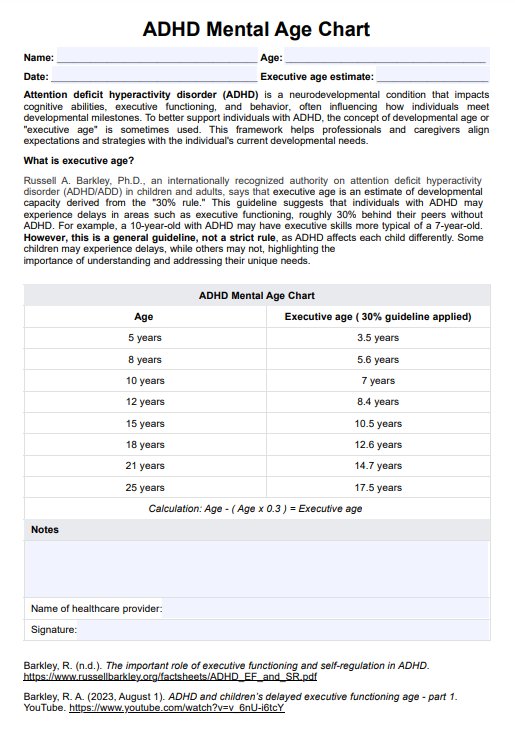
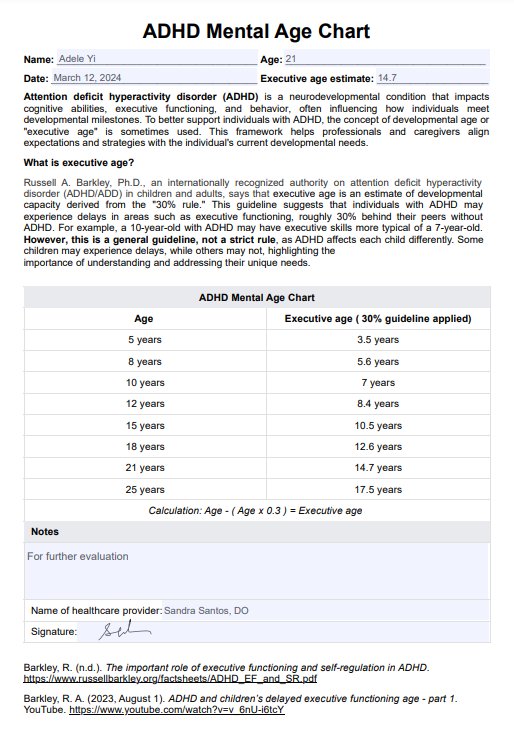

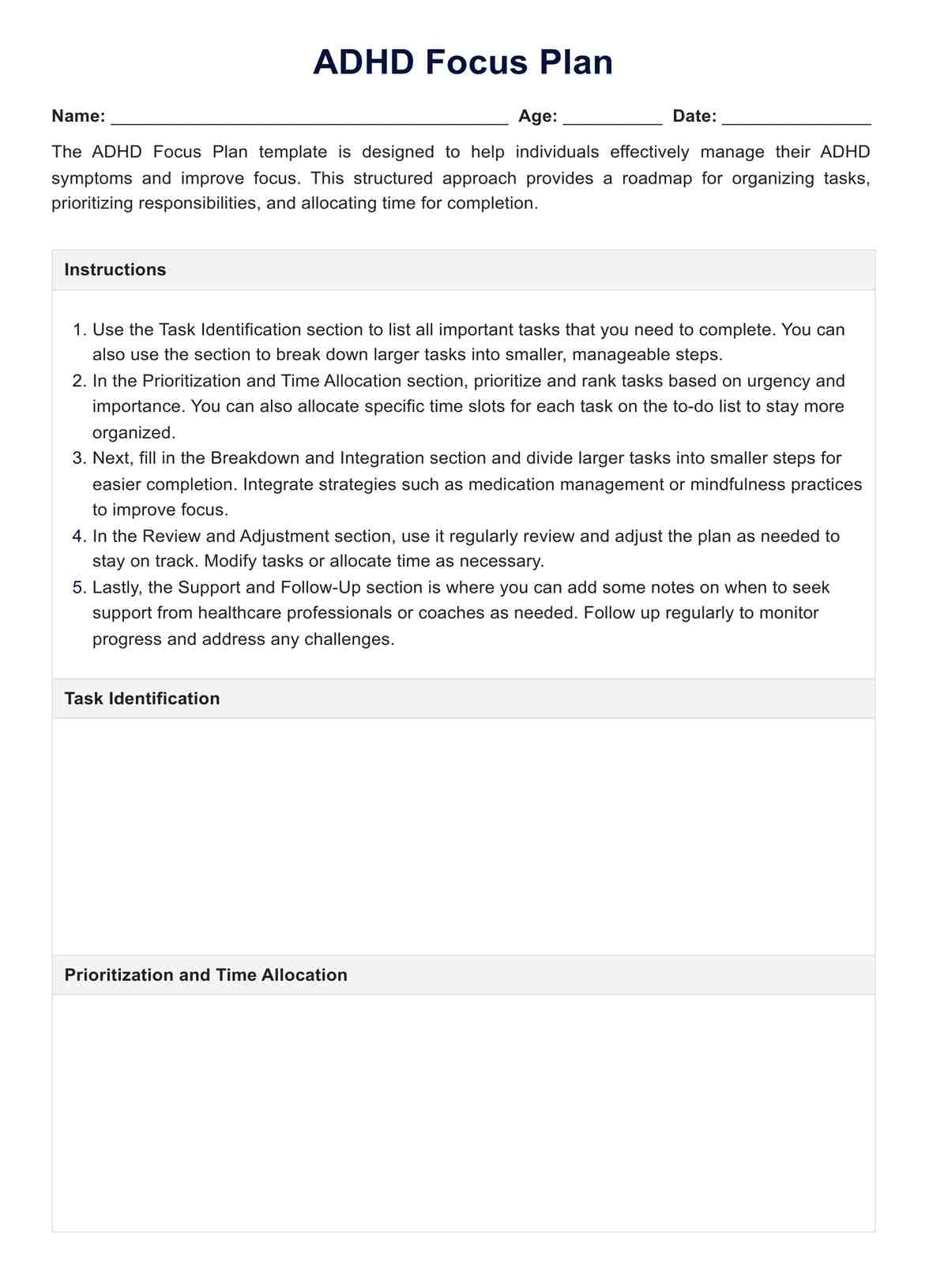
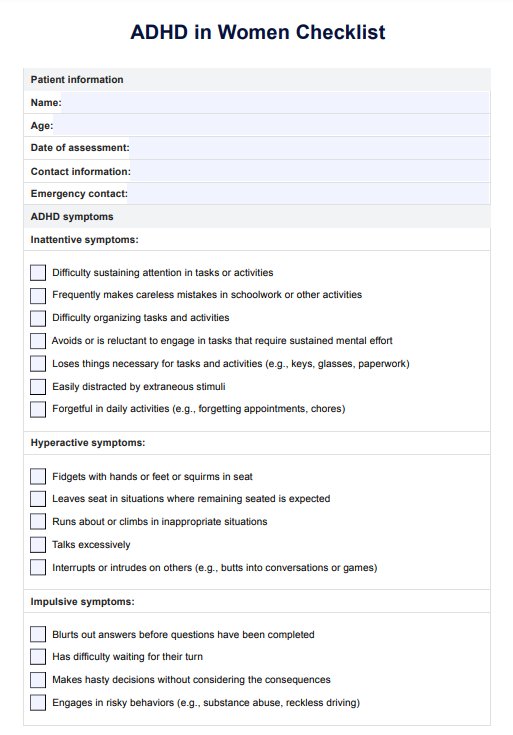
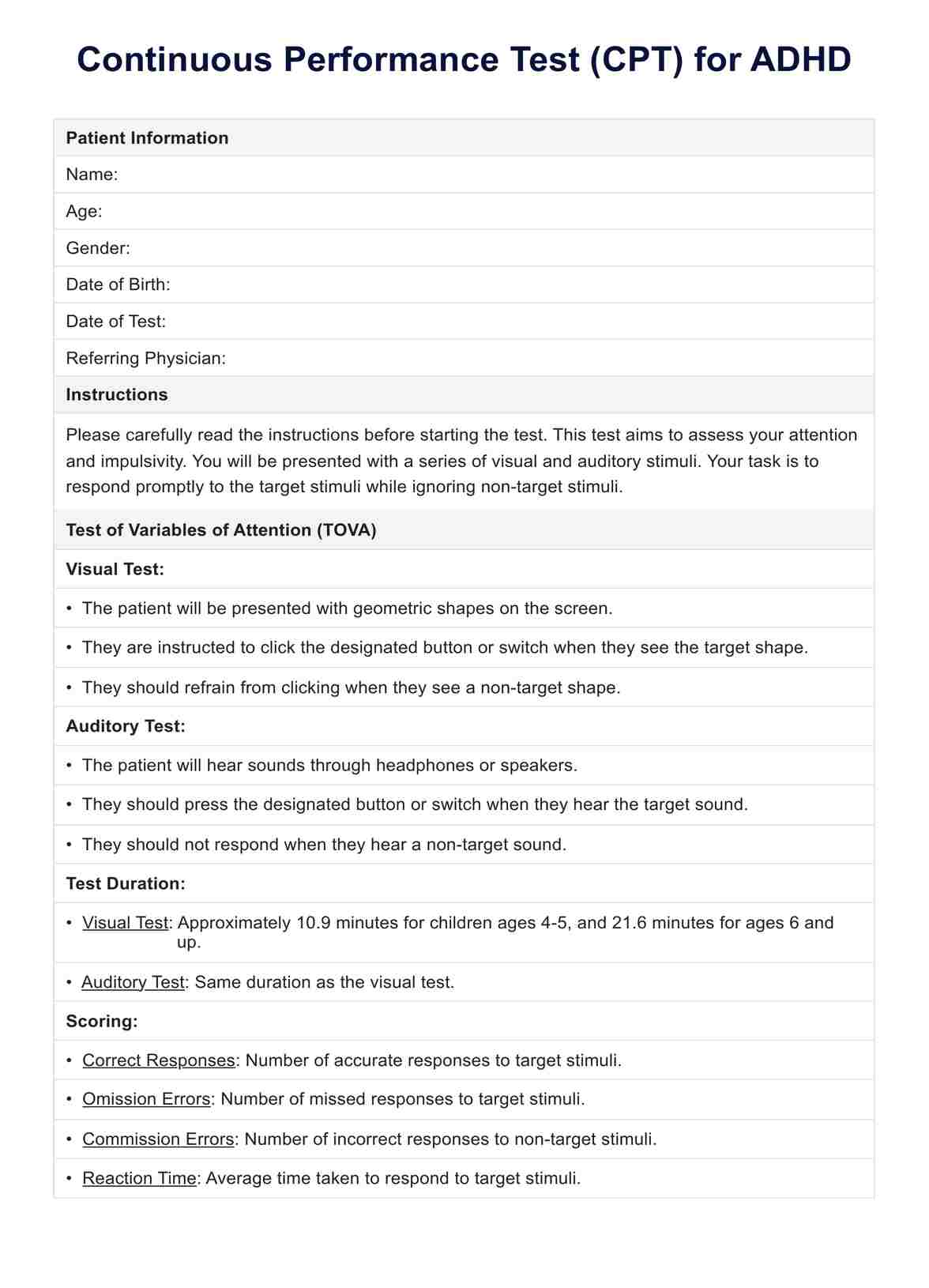
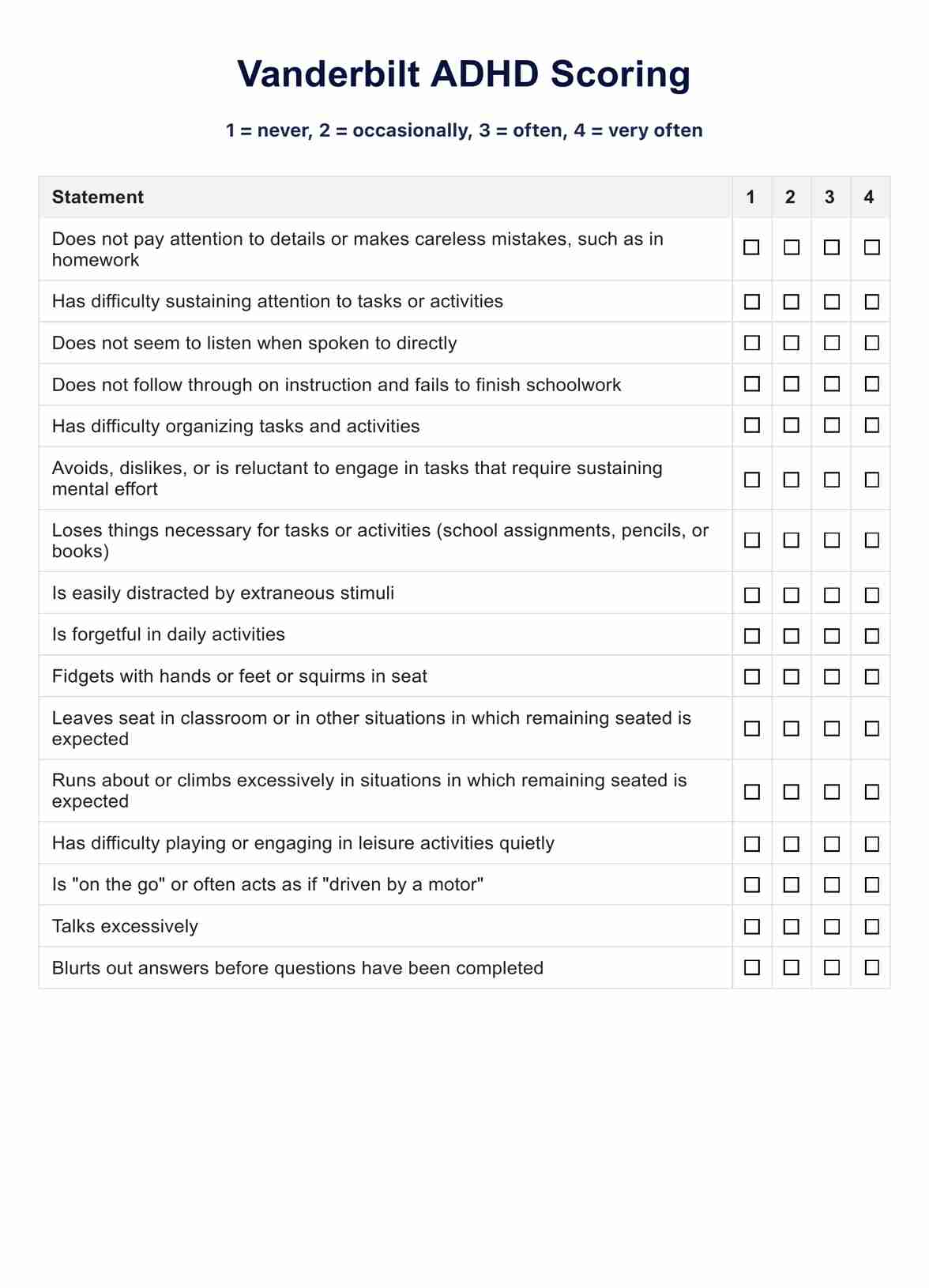
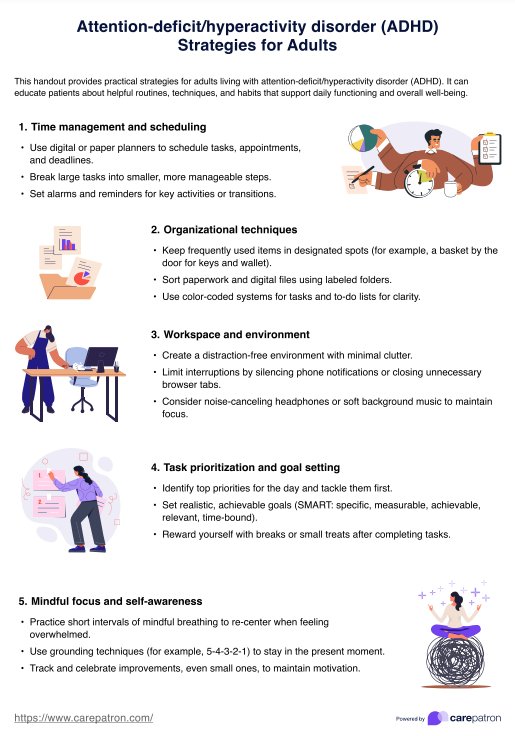
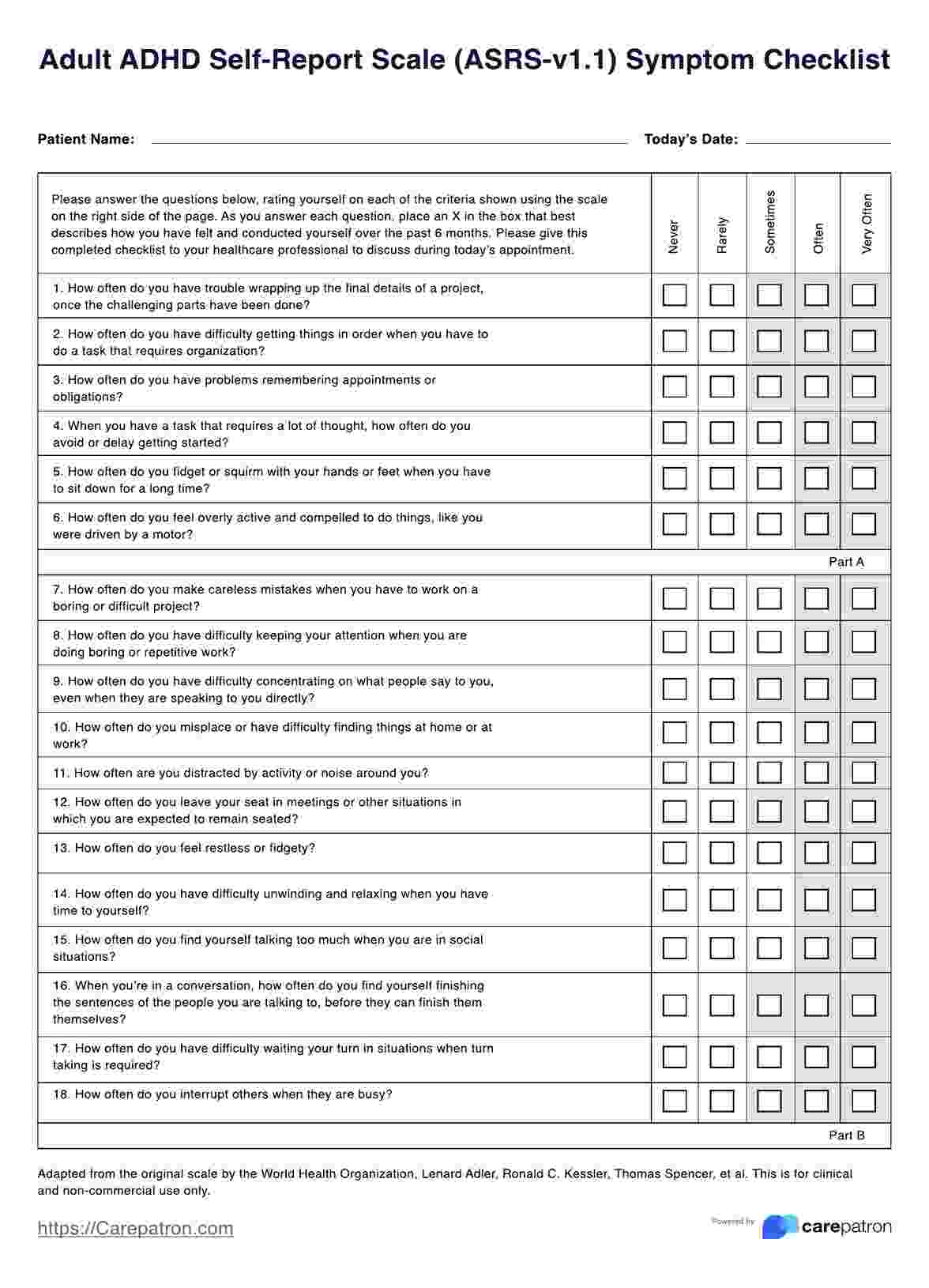
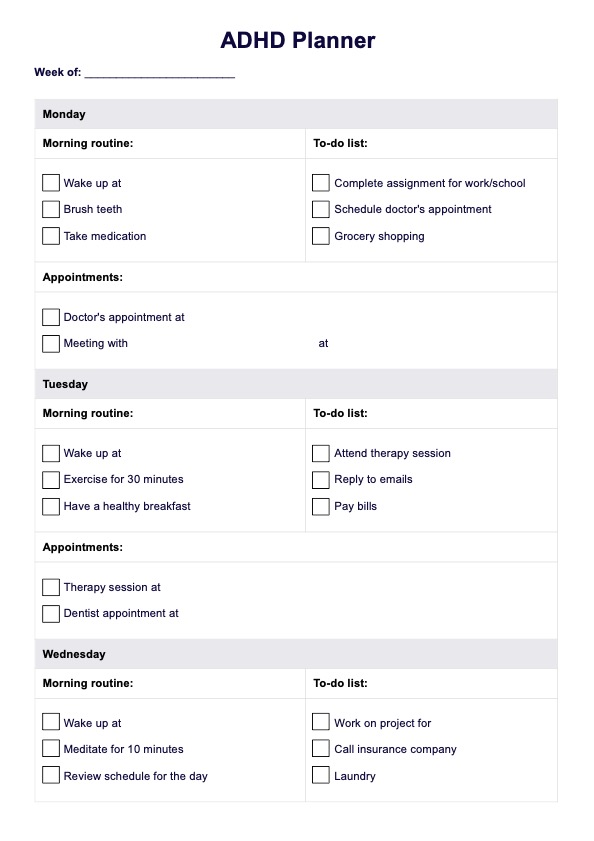
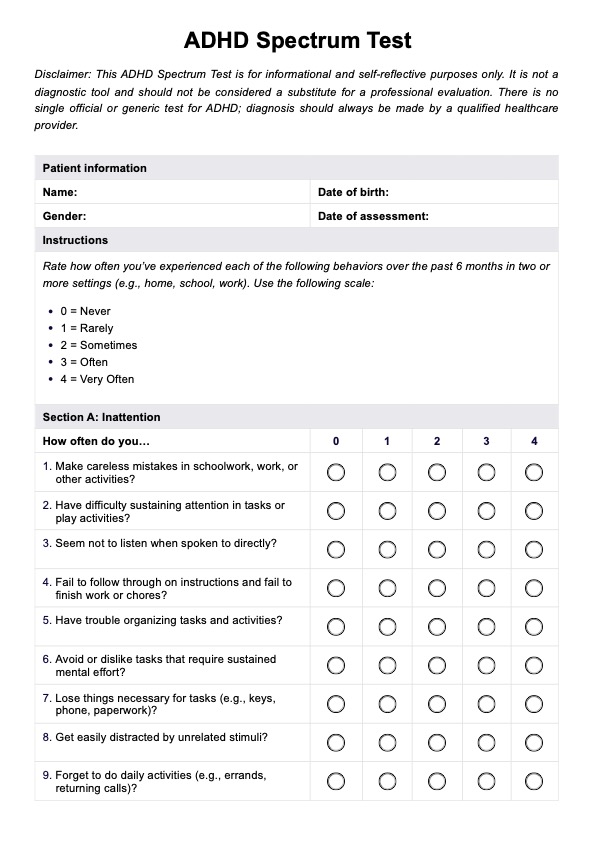
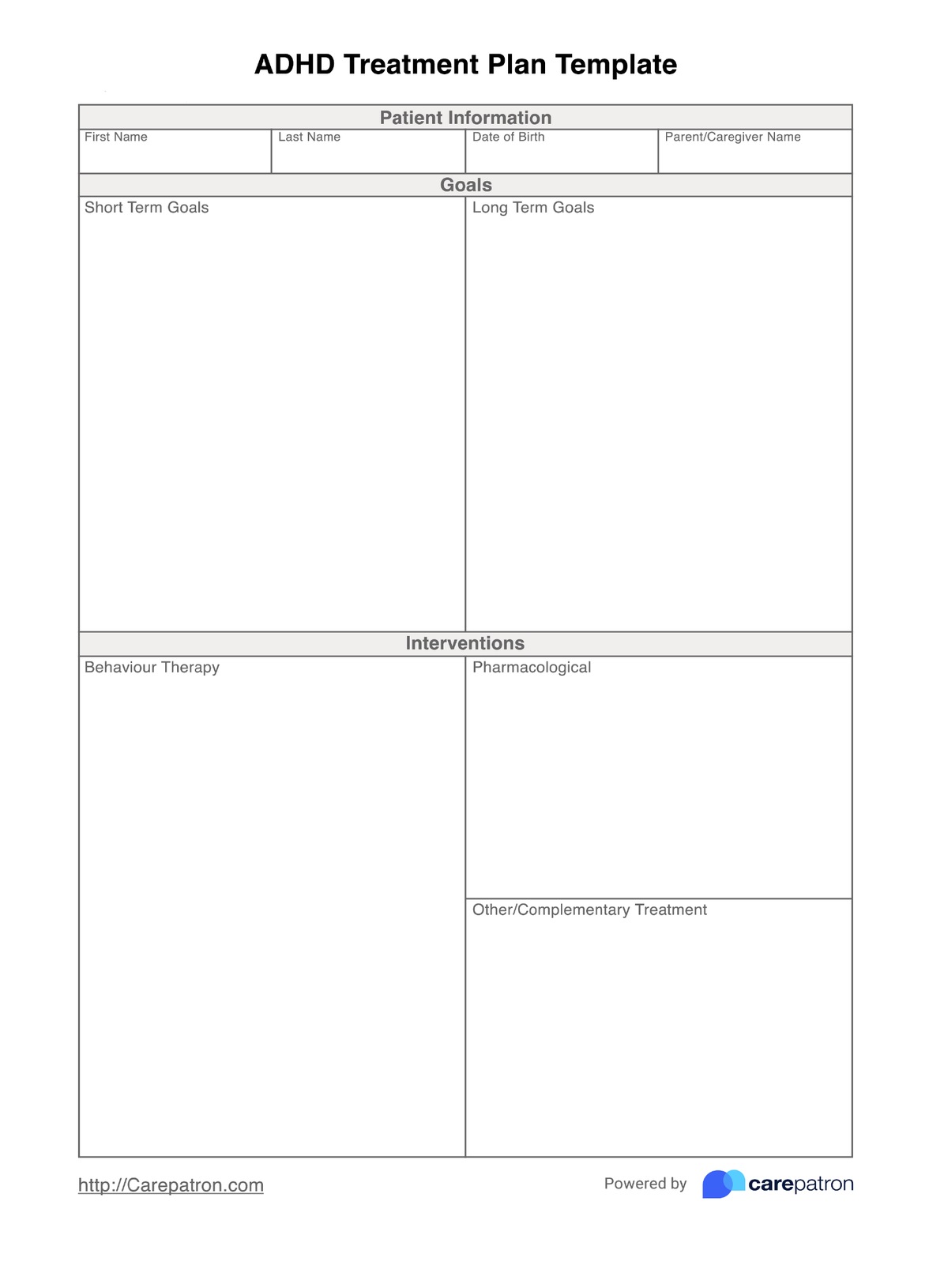
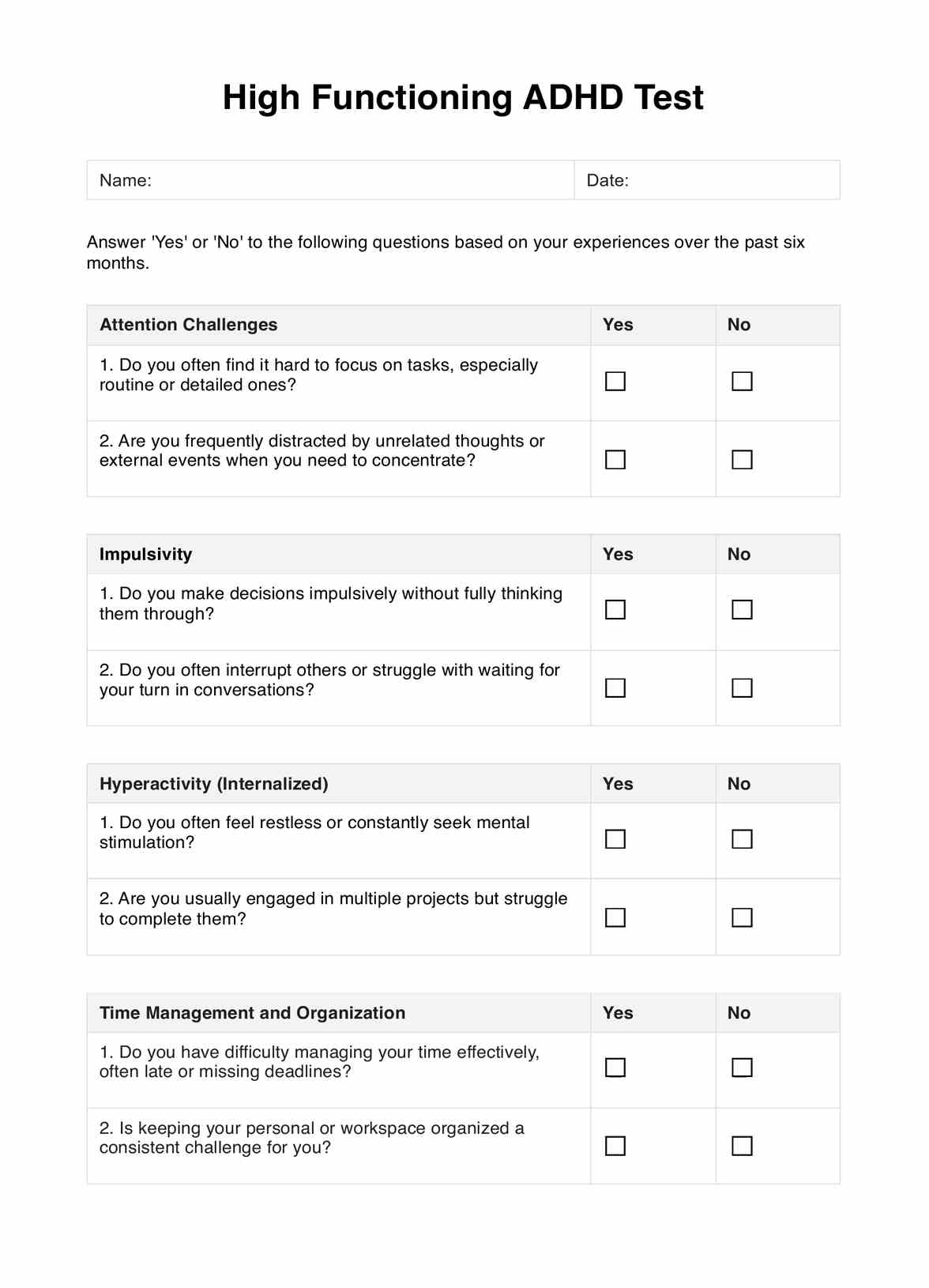
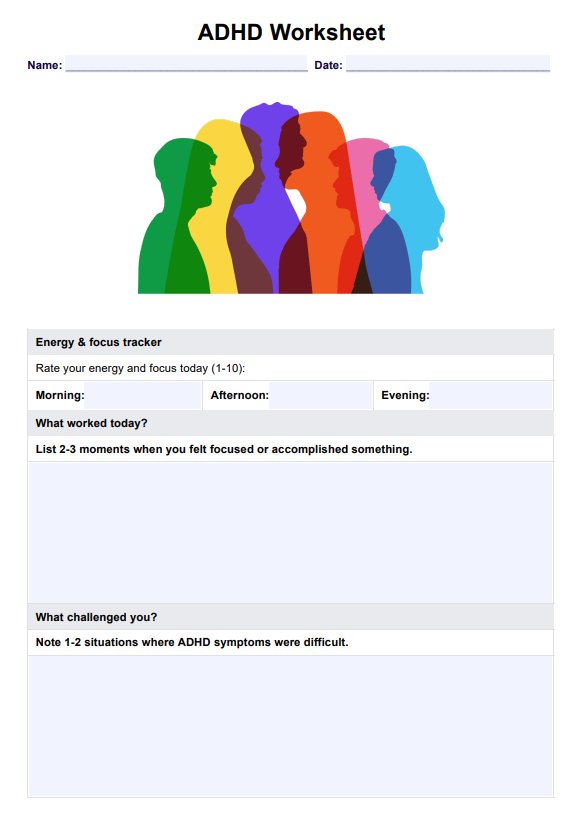
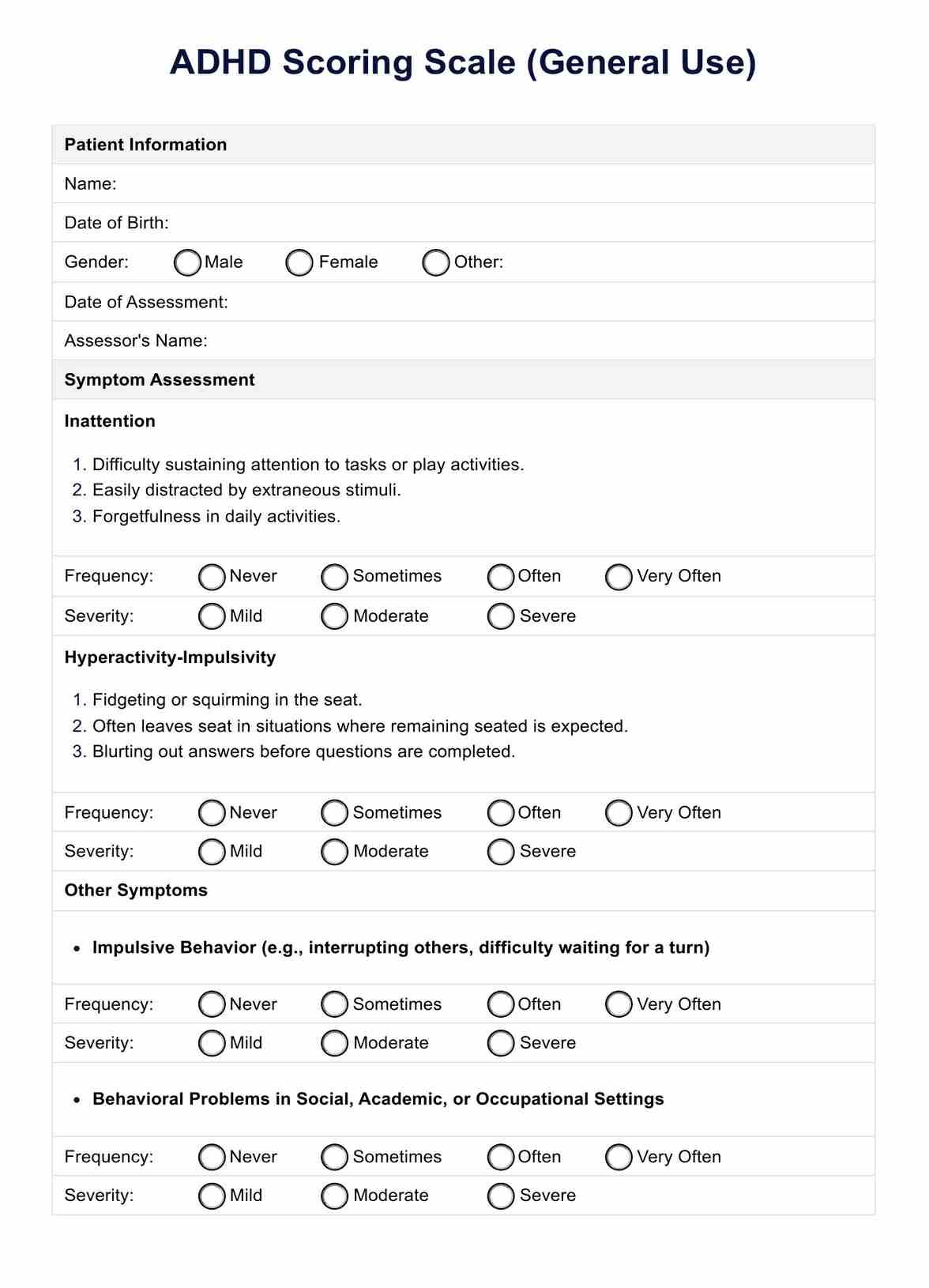
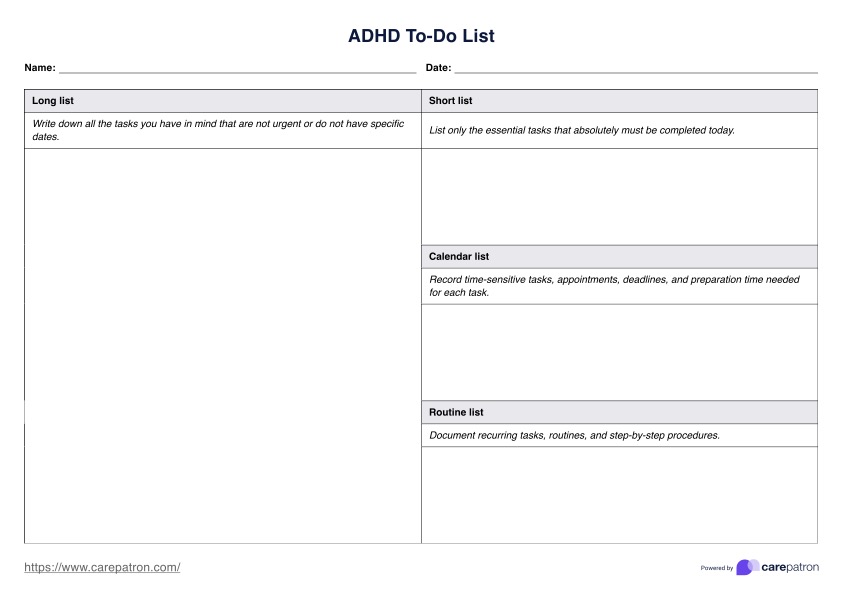
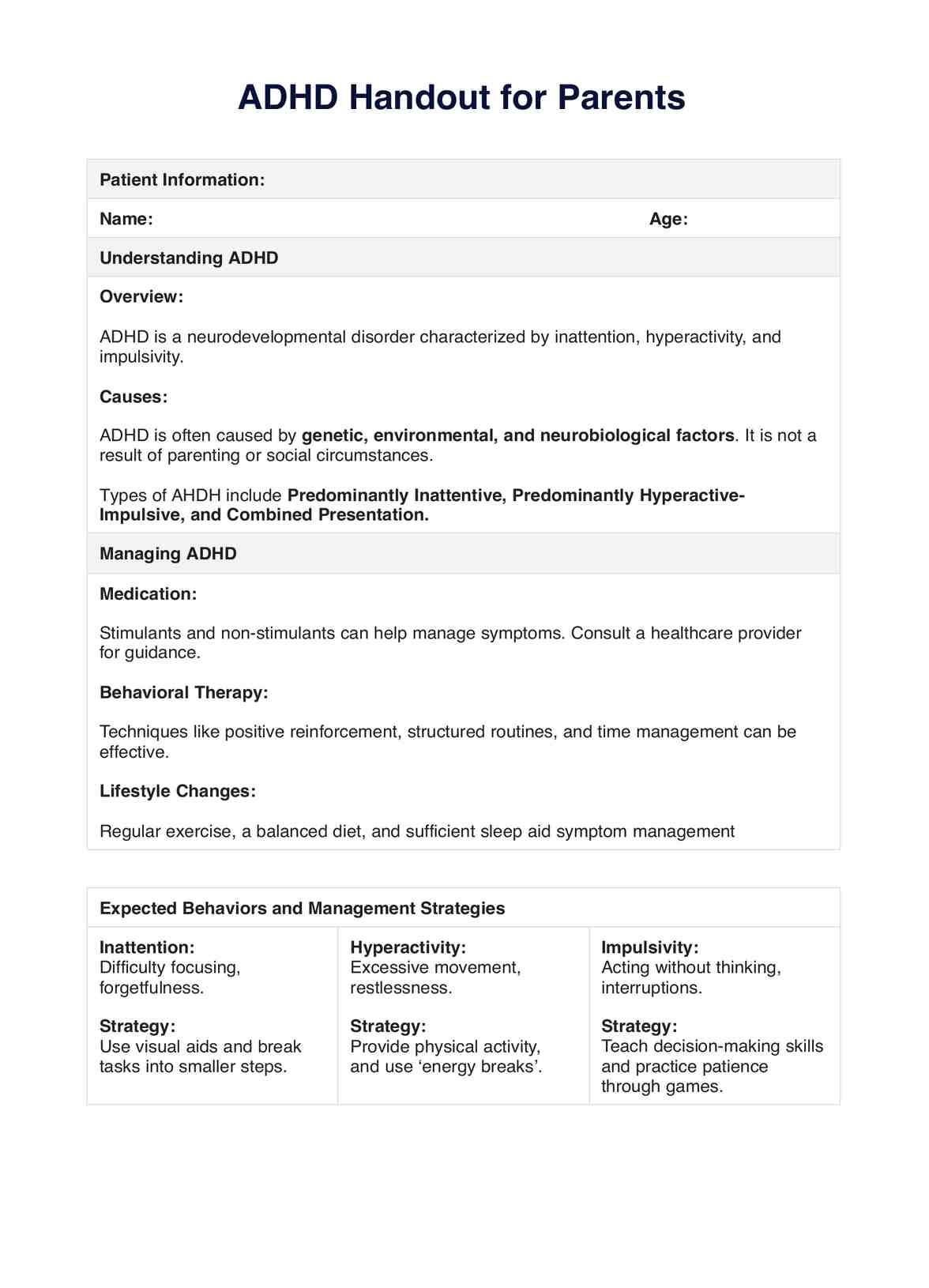
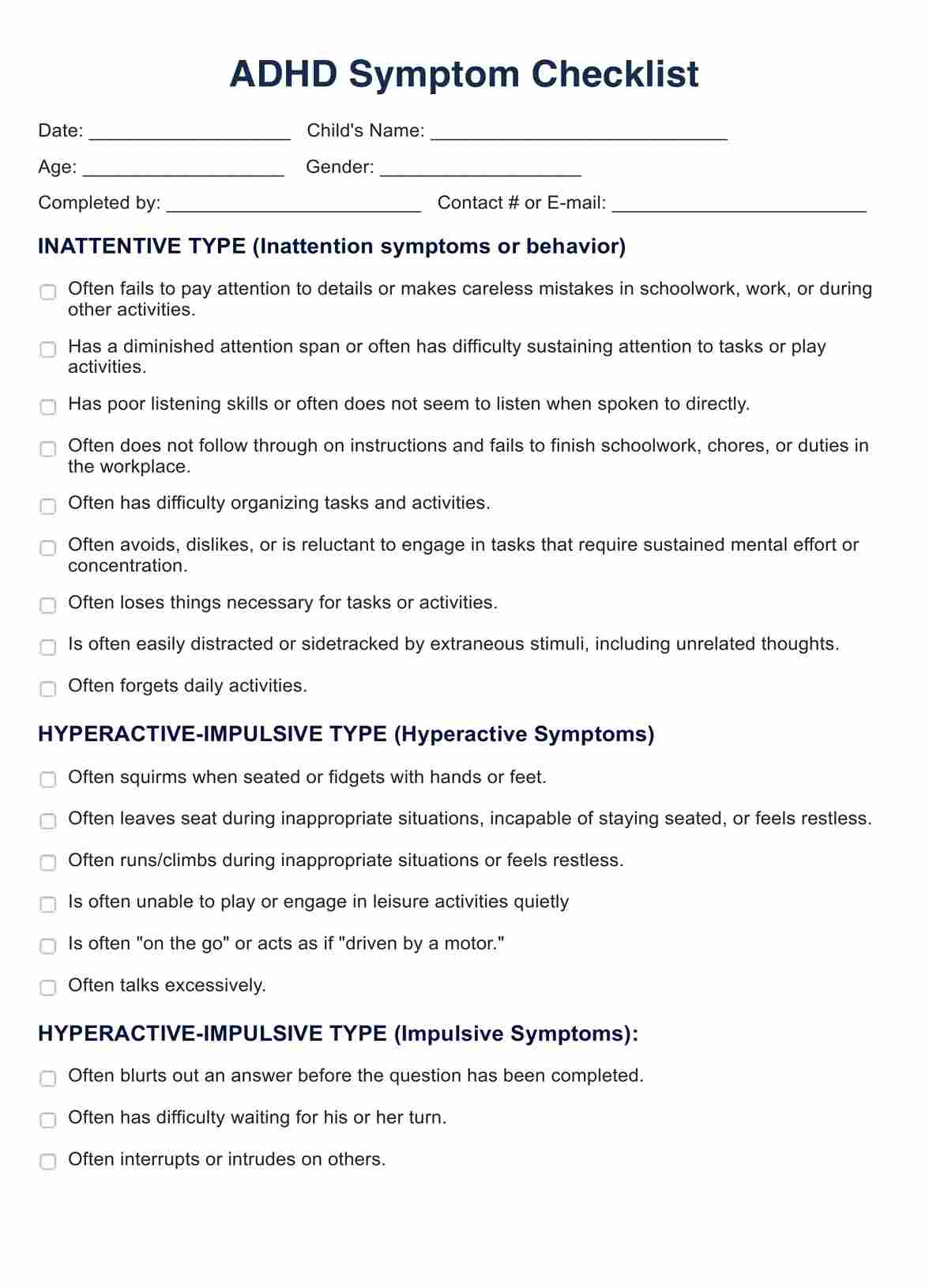















-template.jpg)




















































































